(100) New Tips & Hints
What makes NEoWave better than Elliott Wave?
ANSWER:
A customer in France made this query, which I’m surprised has never been addressed in this forum. Its answer is the reason I felt compelled to write “Mastering Elliott Wave” (I should have called it Mastering NEoWave) and why I’m so passionate about making NEoWave the “defacto” wave analysis standard around the world.
The three core elements of Elliott Wave are the Fibonacci number series, pattern recognition and the Golden ratio (.618). All three elements have a “forecasting” or “anticipatory” aspect, where the analyst is expecting the market to move up or down a certain number of “waves” (a concept not defined in any literature until Mastering Elliott Wave), adhere to a certain design and have specific relationships.
The three core elements of NEoWave are Logic (e.g., a strong correction must yield a powerful move), self-defining price/time Limits (e.g., a smaller degree pattern cannot take more time and price than a larger degree pattern) AND Self-Confirmation (i.e., the market’s post-pattern behavior determines whether your prior structural analysis was correct). All three NEoWave elements have a “back-casting” or “reactionary” aspect, where the analyst is making sure (after the fact) a pattern did not take too much or too little time, that it was not too complex or too simple AND that post-pattern price action achieved the minimum movement required to confirm the prior pattern.
For example, in 1988 (for those who remember), I was one of the only bullish analysts in the world. Among orthodox Elliott Wave practitioners, who were extremely bearish (and remained that way for most of the last 20 years!), I stood alone and was heavily ridiculed for my extremely bullish, long-term forecast. It was the LOGIC of NEoWave that allowed me to remain so adamantly and confidently bullish on the U.S. stock market (despite massive public condemnation) and even in the face of negative national and international news.
It was NEoWave that allowed me to turn adamantly bearish on the U.S. stock market near the highs of 2000 and then, two years later, turn bullish again just six months after the 2002 low. Finally, in January of 2008 – once again, despite strong opposition – I turn adamantly bearish on the U.S. stock market. It was NEoWave that gave me the courage to announce to the world, in mid January 2008, that a new bear market began and that there was virtually nothing that could be done to stop the downward spiral of the U.S. stock market for the next 4-6 years!
In its orthodox form, Elliott Wave never allows for such dogmatic forecasts. To the contrary, Elliott Wave typically allows for multiple, completely contradictory scenarios. If you have simultaneously bullish and bearish counts it is of little value for trading.
In conclusion, the same way calculus elevated mathematics beyond algebra and trigonometry, the logical, self-defining limits and self-confirming aspects of NEoWave raise the field of wave analysis (and technical analysis in general) above the realm of opinion and hearsay and closer to the realm of science and fact.

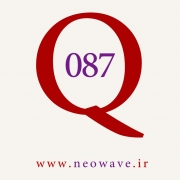
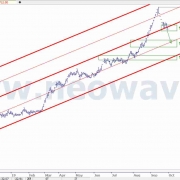
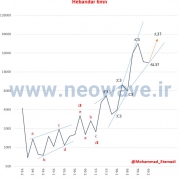 13 دی 99
13 دی 99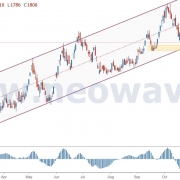
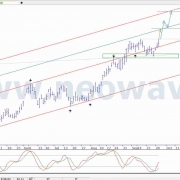
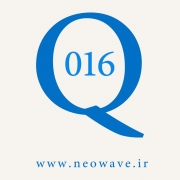
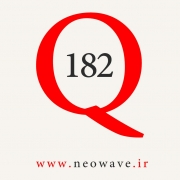
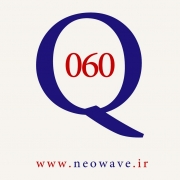


دیدگاه خود را ثبت کنید
تمایل دارید در گفتگوها شرکت کنید؟در گفتگو ها شرکت کنید.